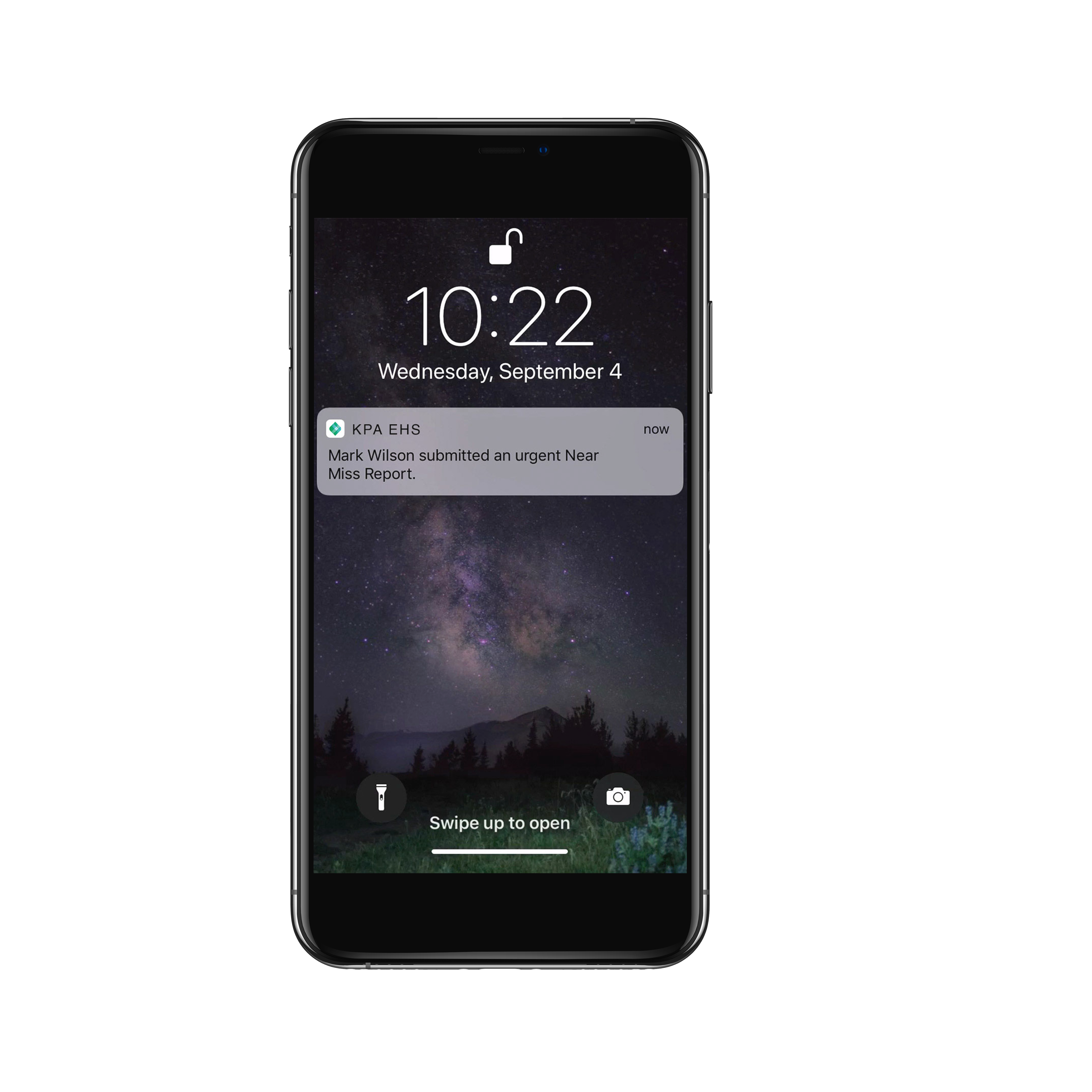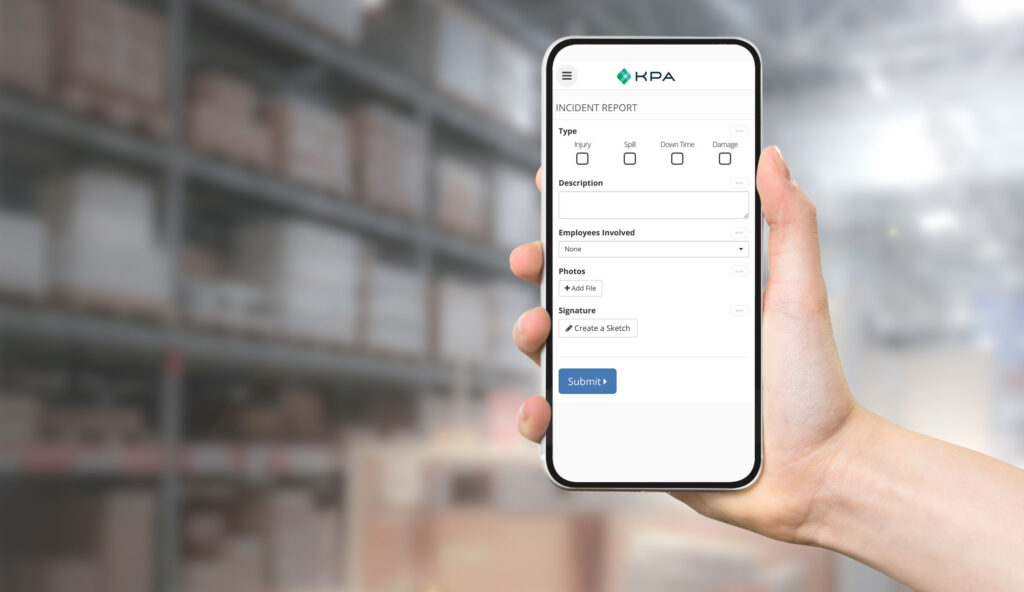How a Mobile-First Approach to Safety Lowers Risk: 3 Examples
Thinking about a mobile-first approach to safety…in my line of work the mobile app for communicating with my team would simply be a text box and one large button. Something that requires no training whatsoever to use. Something any worker, from the people on the ground to management at the top would easily understand. That’s why I love push notifications.
Think about it. We don’t need tutorials to play mobile games like Angry Birds or Candy Crush. So, why should the apps we use on the job feature a needlessly complicated user interface? Push notifications allow for easy, instantaneous communication to all team members across the board when a comment or concern needs to be addressed. When it comes to lowering safety risks, the speed and simplicity of push notifications can be a life-saver.
Push Notifications: Mobile Safety Technology We Can All Use
If a worker encounters a safety hazard on the job or experiences a potentially life-threatening situation, we should alert the entire workforce as soon as possible. Push notifications help ensure those messages get shared out and received by the appropriate parties.
In the past, I’ve seen hazard reports go ignored on the desks of managers for weeks on end. With peer-to-peer push notifications, we eliminate the excuses when it comes to disregarding safety risks and non-compliance. There becomes no excuse for filing reports at a later date. Now everyone can see the message. Everyone is aware of the situation and can respond accordingly.
What is a push notification?
Oxford dictionary defines a push notification as an automated message sent by an application to a user when the application is not open. Here’s an example:

Push Notifications as a Two-Way Safety Street
For me, push notifications aren’t exclusively used to call out safety risks and field reports on the ground. They’re also handy for communicating important information from the top-down, such as policy changes and improved safety measures we’re planning on putting forward.
Push notifications are also helpful when addressing prior safety incidents and avoiding similar mistakes in the future. For example, if someone on the field smashes their finger on a particular tool, how will we prevent similar incidents going forward? With a mobile app, I can easily send out tutorial videos to the entire team to offer further guidance on operating that piece of technology. Then, from my desktop, I can watch in real-time as signatures come through, validating to me that the team has watched the video.
Using EHS Mobile Apps as a Mobile-First Approach to Safety
Compliance involves tracking and managing multiple small tasks, ensuring that nothing flies under the radar. This can include anything from scheduled inspections and audits to equipment reviews and permit renewals. With a mobile-first approach, it’s never been easier to stay ahead of the curve on these tasks.
If I’m in charge of inspecting a piece of machinery—whether that’s on a monthly or annual basis—I don’t want to inspect it after it has already expired. I often use push notifications to remind those running the piece of equipment that an inspection is due within the next few days. This gives them a heads up, with plenty of time to ensure everything is running smoothly on their end.
Because incidents and accidents rarely happen at your desk.
Use KPA’s mobile technology to access the tools and information you need, where you need it.
KPA’s EHS app is designed for easy communication, reporting, and training in the field. The app provides real-time access to key components of your safety and compliance programs – even when you’re offline.

